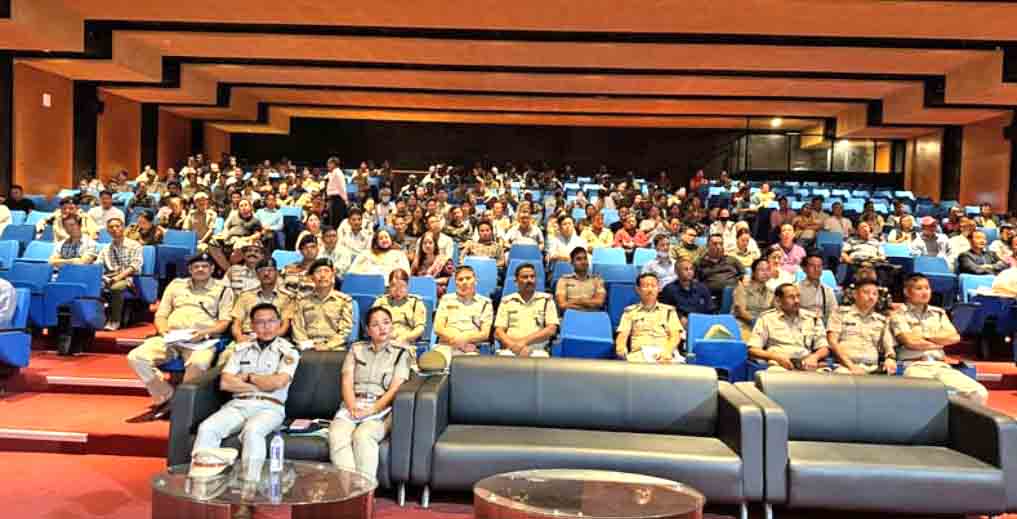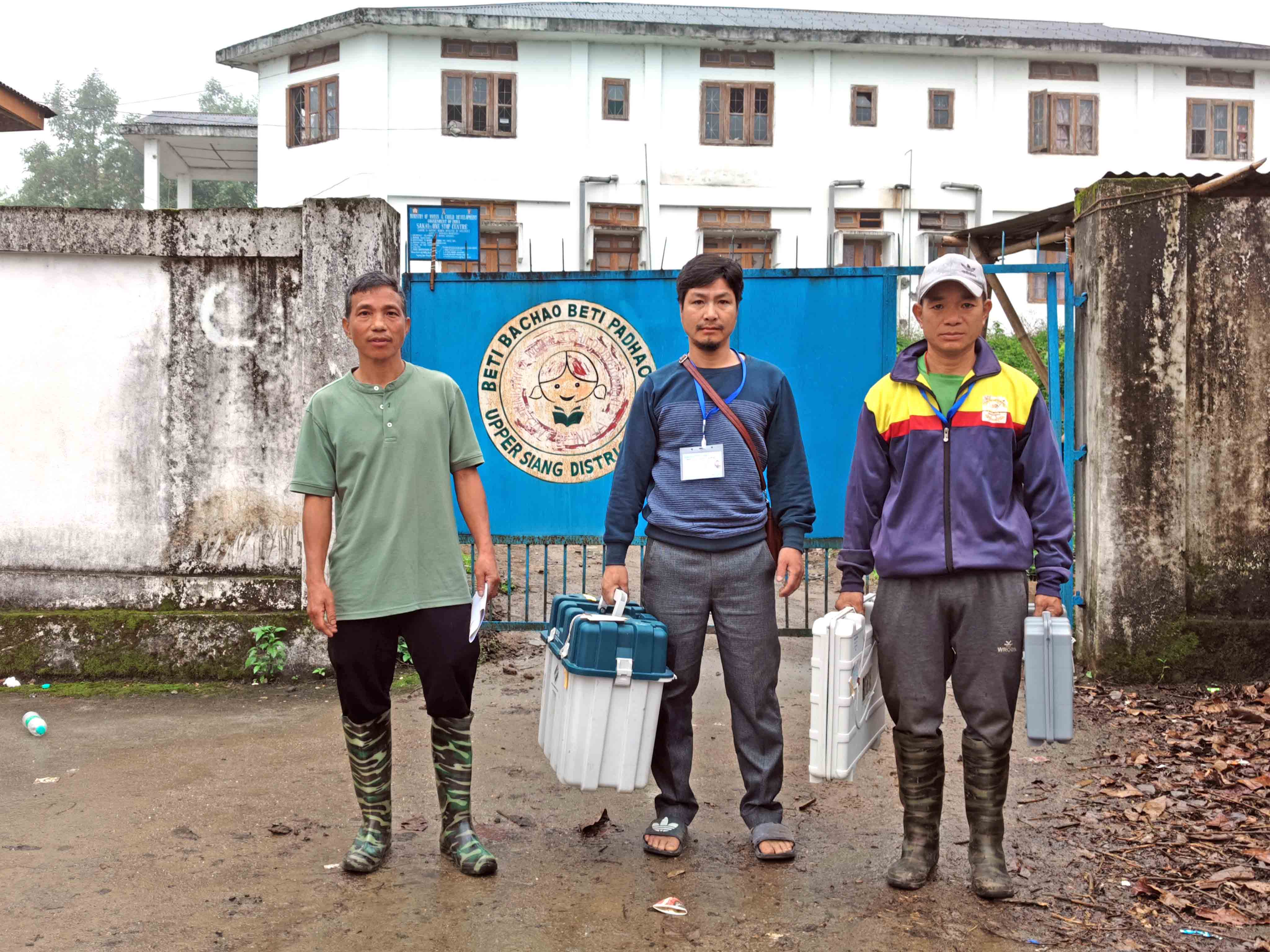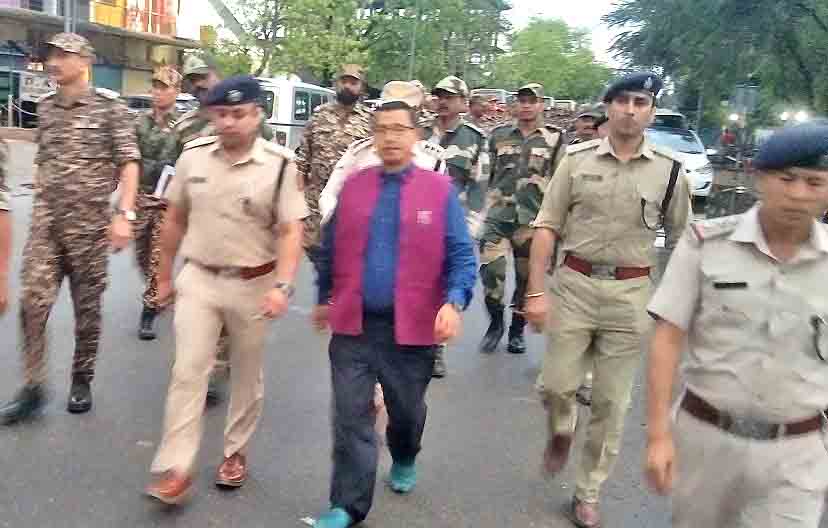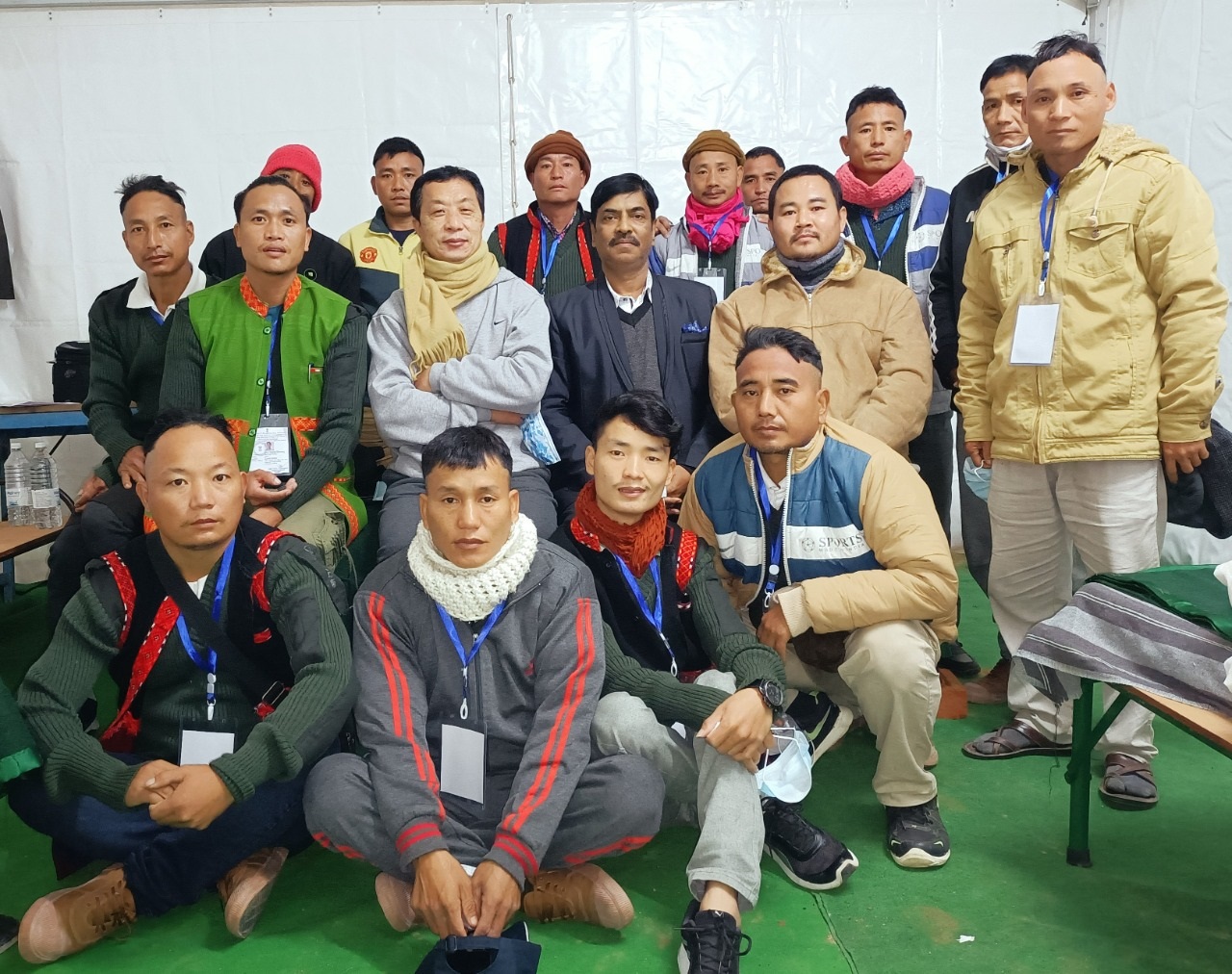-
DC Capital appeals voters to exercise adult franchise
-
 General Observer urges poll officials to work in coordination
General Observer urges poll officials to work in coordination
-
 Polling officials dispatched to three remote polling stations in Upper…
Polling officials dispatched to three remote polling stations in Upper…
-
 Security forces conduct flag march in Pasighat,144 CrPC clamped in…
Security forces conduct flag march in Pasighat,144 CrPC clamped in…
-
Polling teams for Kullung, Habia dispatched
-
Expelled BJP ZPMs seek time to explain stand
-
Security tightened to ensure free & fair elections: SP
-
Index campaign launched for Papumpare, ICR
-
General Observer takes stock of MCMC activities
-
DEO holds press briefing on Election Preparedness, SOPs

NEW DELHI, Jan 17: Arunachal Pradesh Tableau on the Theme ‘Anglo-Abor (Adi) Wars, conceptualized and designed by the Art and Exhibition Cell of the Directorate of Information and Public Relations, Naharlagun has been selected for the Republic Day Tableau Parade 2022 at Rajpath, New Delhi on 26th January. The Tableau will show case the resistance of the Adis to protect their land from the British in the 19th and early part of the 20th century.
Selection of Tableau for participation in the Republic Day Parade is painstakingly long and rigorous process involving various elimination rounds screened by an Expert Committee appointed by the Ministry of Defence.
At present, a team of seventeen delegates are camped at New Delhi. Earlier the Team Arunachal Tableau 2022 Group Leader-cum-Artiste Hage Habung and Assistant Leader-cum-Artiste Sangey Tsewang had received the performing Artistes from East Siang, who were escorted by H.K Roy from Pasighat to I.G.I Airport, New Delhi and led them to Rashtriya Rangshala Camp on 12th January. Onyok Pertin, DDIPR (A&E) is the nodal officer to the participating team.
During the time when freedom movement was mounting in other parts of the country, the indigenous tribal people of Arunachal Pradesh, particularly the Adis of Siang region (formerly known as Abors by the British), also bravely fought against the imperial policy of colonial expansion of the erstwhile British rulers in India. It was totally unacceptable to the freedom loving indigenous tribes when their territory was attempted to be infiltrated and plundered by the British rulers.
The Land of Adis, remained literally independent without being annexed or controlled by the British until the last part of 19th century. The Adis were considered to be difficult to control and were always resistant to the centralized authority of outsiders. Towards the beginning of 20th century, the British Government started to take the situation seriously. They were aware of the strategic importance of the Adi land because its proximity to Tibet and China. As the territory was largely unknown earlier, the British wanted to penetrate and establish their control over it. In those days, the Adi land consisted of two main Axis of Power; one along the right bank of and the other along the left bank of the mighty Siang (Brahmaputra) river. The first visit of British to the Adi land is reported to be in 1826 by Captain Bedford which had to be cut short to a very brief period as compelled by the indomitable and independent character of the Adis who fought tooth and nail to keep their land independent. This led to series of four military expeditions, the first and second of which were carried out along the right bank in 1858 and 1859 leading to first Anglo-Abor War known as ‘Bitbor Mimak’ in 1858 and second Anglo-Abor War known as ‘Bongal Mimak’ in 1859. The British Force had to pull back in the consecutive expeditions / wars because of the unprecedented strong retaliation offered by the Adi warriors. As such, the British attempts to conquer the first Axis of Adi power were thwarted blowing a big embarrassment to the British Empire.
The third punitive military expedition to the second Axis of Adi power on the left bank of Siang, led by JF Needham, Assistant Political Officer, Sadiya, Captain Maxwell and Lieutenant East in 1894, centred around Damroh village - the nerve or command centre of Bor Abors (a sub tribe of Adi), that led to the 3rd and very crucial Anglo-Abor War known popularly in oral history as Nijom Mimak. In fact, during this punitive expedition series of wars was fought in various locations by the brave warriors of Adis starting from Dambuk village, where remains of the ramparts erected by the Adis still exist, on 20th January 1894, to Dagem Liireng at Sijon after crossing Padu village on 25th February 1894, where the British Expeditionary Force was defeated which led to their shameful retreat from the land of Bor Abors without having even to touch the land of Damroh village which the British wanted to capture. The Bor Abors erected stockades, untied huge stone-chutes from stiff rock sides, released booby traps, used poisoned arrows and other possible means as part of their defence mechanism and succeeded in repelling the invading force. However, both the warring sides suffered heavy casualties. Names of Kengki Megu, Jongkeng Pertin and Koyi Lego are prominent among the martyrs who made supreme sacrifice by laying down their lives while displaying absolute bravery and patriotism in the war.
By the end of the third Anglo Abor War in 1894 and the beginning of 20th Century, the British realized seriously about the bravery, strategy and strength of Adi freedom fighters. So, they considered another military expedition to be carried out to penetrate the region via the first Axis of Adi power along the right bank that led to the fourth and last Anglo-Abor War in 1911-12, which is one of the most important Anglo-Abor Wars in the history of freedom movement in Arunachal Pradesh known as the Poju Mimak fought from 6th October 1911 to 11th January 1912. The Adi warriors used the conventional skills and weapons of tribal warfare such as bows and arrows, spears, swords, booby traps, stone chutes etc. and succeeded in stopping the invading force for more than three months at the historical battle field of Kekar Monying. Though British Force got the upper hand in the war with the help of sophisticated weapons, key officers like Noel Williamson and Dr Greigorson and many sepoys were killed in that war by the famous freedom fighter Matmur Jamoh and other heroes such as Tajong Tamuk, Lomlo Darang, Lotiyang Taloh and many more, though unsung in the history of India's freedom movement.
As such, forefathers of Arunachal Pradesh also had bravely fought against the British rule in India and contributed a lot to the national freedom movement.
The people of Arunachal Pradesh take great pride in these unsung freedom fighters, as their bravery, patriotism and supreme sacrifices are at par with contemporary freedom fighters of other parts of the country.

Kenter Joya Riba
(Managing Editor)She is a graduate in Science with post graduation in Sociology from University of Pune. She has been in the media industry for nearly a decade. Before turning to print business, she has been associated with radio and television.
Email: kenterjoyaz@easternsentinel.in / editoreasternsentinel@gmail.com
Phone: 0360-2212313

